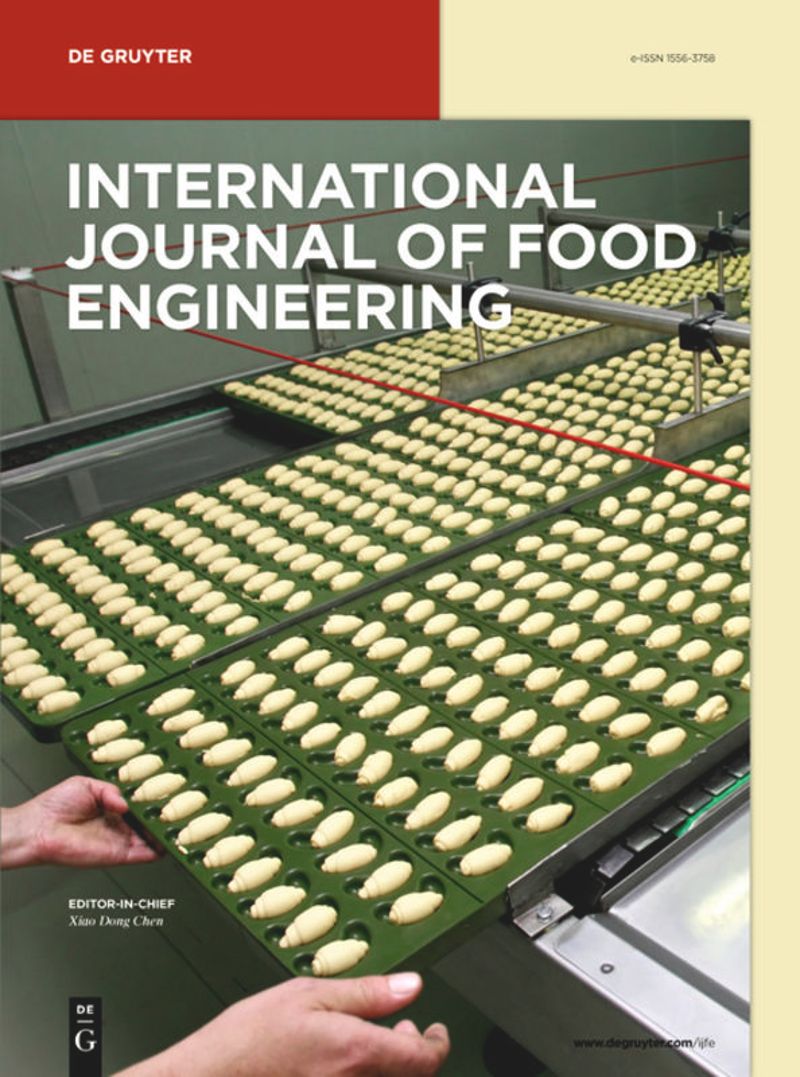浸渍、超声波和微波辅助萃取法对土拉班吉大米的抗氧化活性以及游离、酯化和结合酚类物质的影响
IF 1.4
4区 农林科学
引用次数: 0
摘要
摘要 本研究旨在探讨浸渍、超音波和微波辅助萃取对土拉班吉大米(Oryza sativa L.)面粉中游离、酯化和结合酚的影响。抗氧化活性通过 DPPH、ABTS、SOD 和还原力检测法进行测定。HPTLC 分析用于鉴定和量化不同提取物中的酚类物质。与其他方法相比,微波辅助提取结合酚的总酚(TPC)和总黄酮(TFC)含量明显较高(p < 0.05)。微波辅助提取物的 DPPH 自由基、ABTS 自由基、SOD 和还原力活性最高。此外,Pearson 相关性研究表明,产率%、TPC 和 TFC 之间存在显著的正相关性。在产量百分比、TPC、TFC 和抗氧化活性之间发现了明显的负相关。研究发现,萃取值、抗氧化活性和酚含量随萃取方法的不同而变化。与其他方法相比,微波辅助萃取技术的萃取效果最好。本文章由计算机程序翻译,如有差异,请以英文原文为准。
Effect of maceration, ultrasound, and microwave-assisted method of extraction on antioxidant activity and phenolic profile of free, esterified, and bound phenolics of Tulaipanji rice
Abstract The present work was designed to investigate the effect of maceration, ultra-sound, and microwave-assisted extraction on free, esterified, and bound phenolics of Tulaipanji rice (Oryza sativa L.) flour. Antioxidant activity was measured by DPPH, ABTS, SOD, and reducing power assays. HPTLC analysis was performed for identification and quantification of phenolics in different extracts. Total phenolic (TPC) and total flavonoid contents (TFC) were found significantly high (p < 0.05) in microwave-assisted extraction of bound phenolics compared with other methods. Microwave-assisted extracts showed highest DPPH radicals, ABTS radicals, SOD, and reducing power activity. Further, Pearson’s correlation study exhibited a significant positive correlation within % yield, TPC, and TFC. Significant negative correlation was found within % yield, TPC, TFC, and antioxidant activity. The study found that extractive value, antioxidant activity, and phenolic contents varied with the extraction methods. Microwave-assisted extraction technique showed the best performance for extraction as compared to other methods.
求助全文
通过发布文献求助,成功后即可免费获取论文全文。
去求助
来源期刊
CiteScore
3.20
自引率
0.00%
发文量
52
审稿时长
3.8 months
期刊介绍:
International Journal of Food Engineering is devoted to engineering disciplines related to processing foods. The areas of interest include heat, mass transfer and fluid flow in food processing; food microstructure development and characterization; application of artificial intelligence in food engineering research and in industry; food biotechnology; and mathematical modeling and software development for food processing purposes. Authors and editors come from top engineering programs around the world: the U.S., Canada, the U.K., and Western Europe, but also South America, Asia, Africa, and the Middle East.

 求助内容:
求助内容: 应助结果提醒方式:
应助结果提醒方式:


